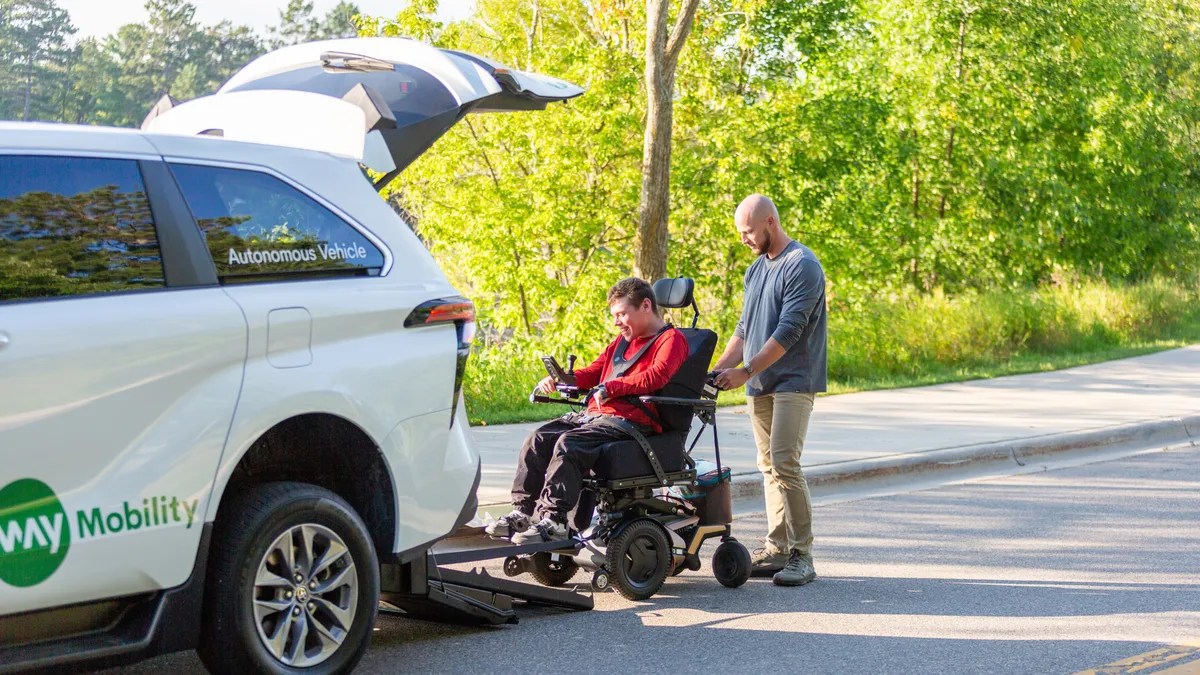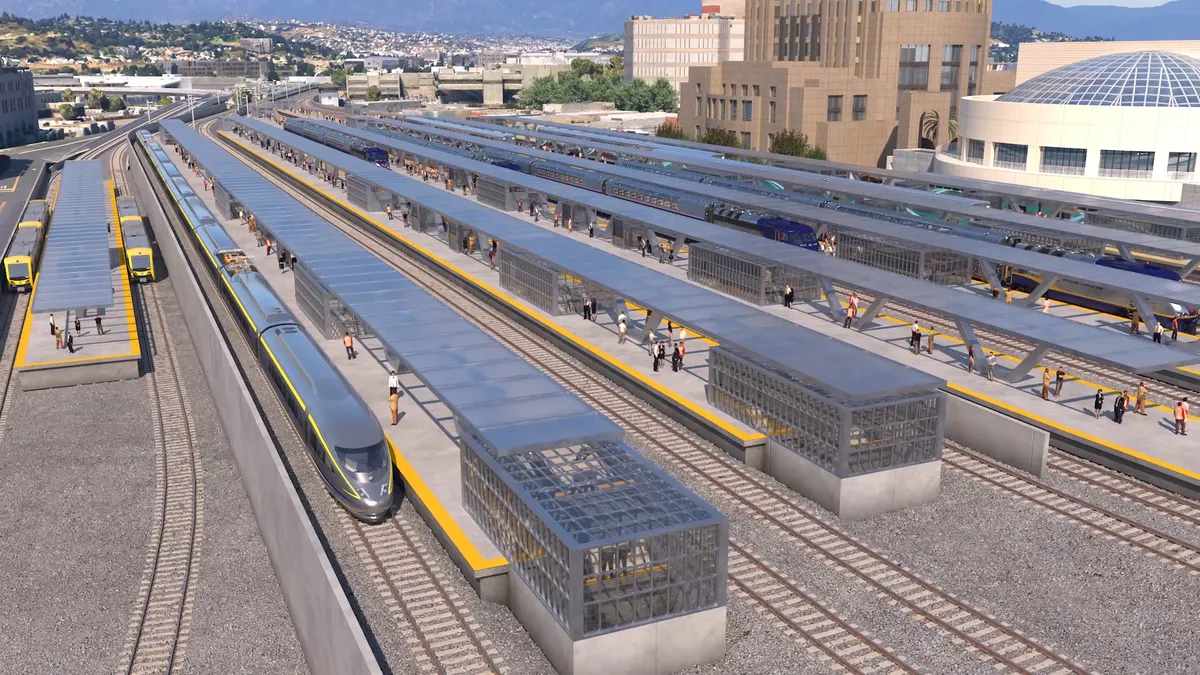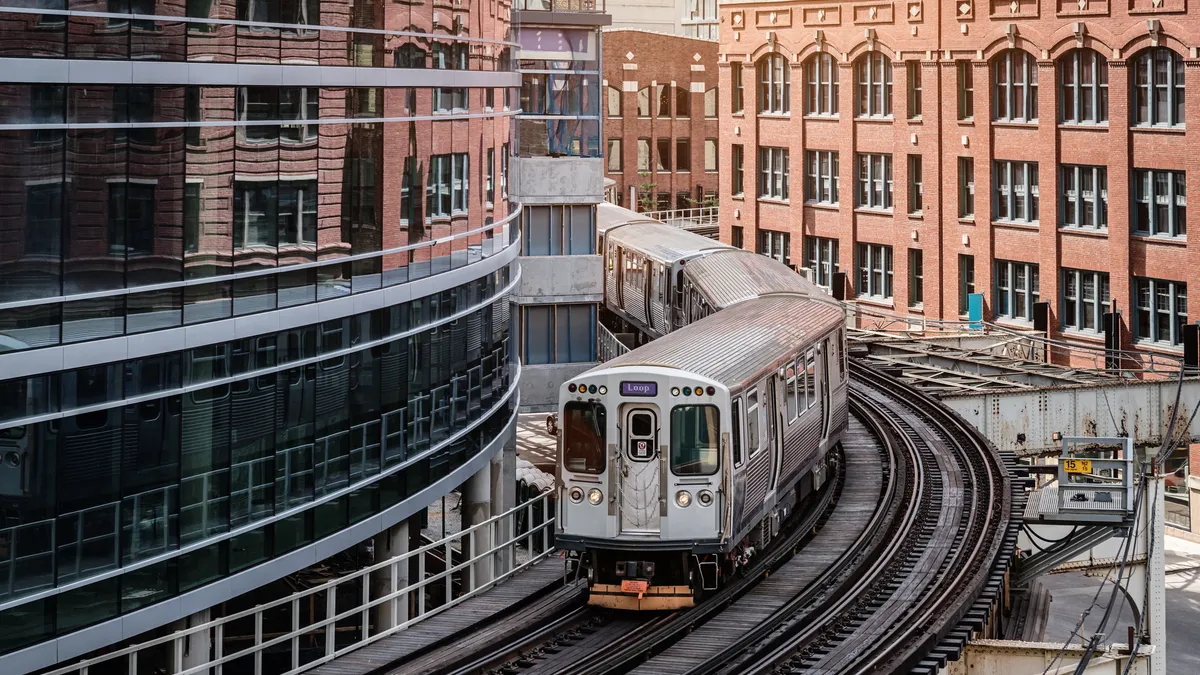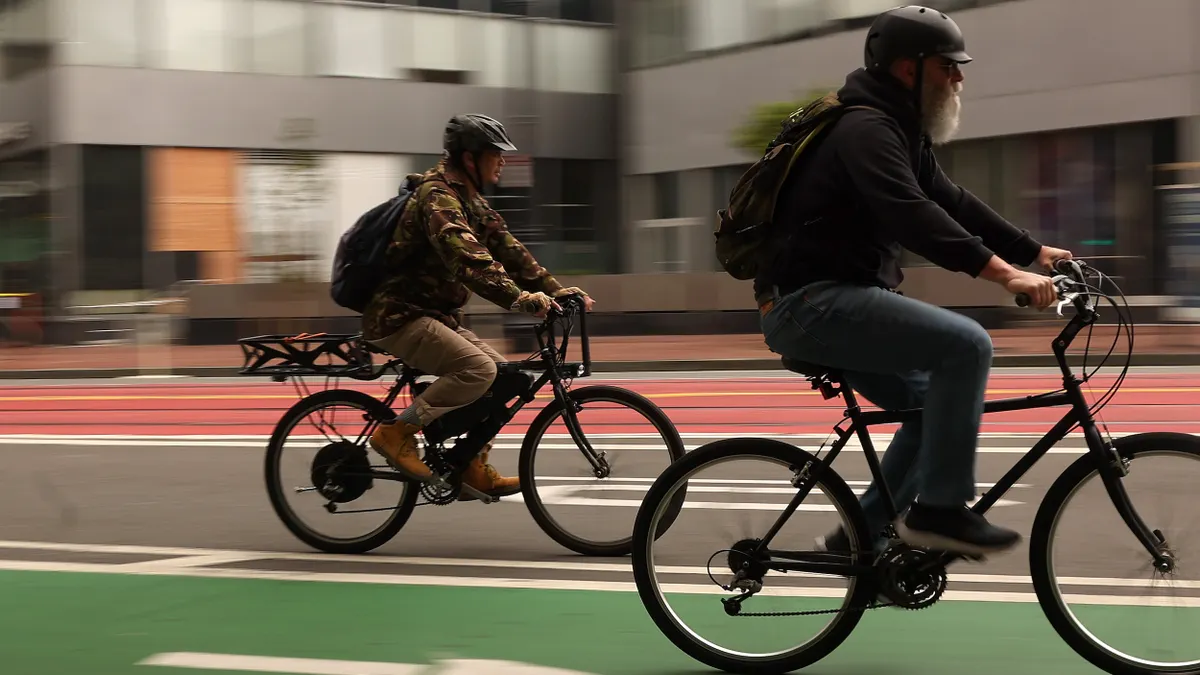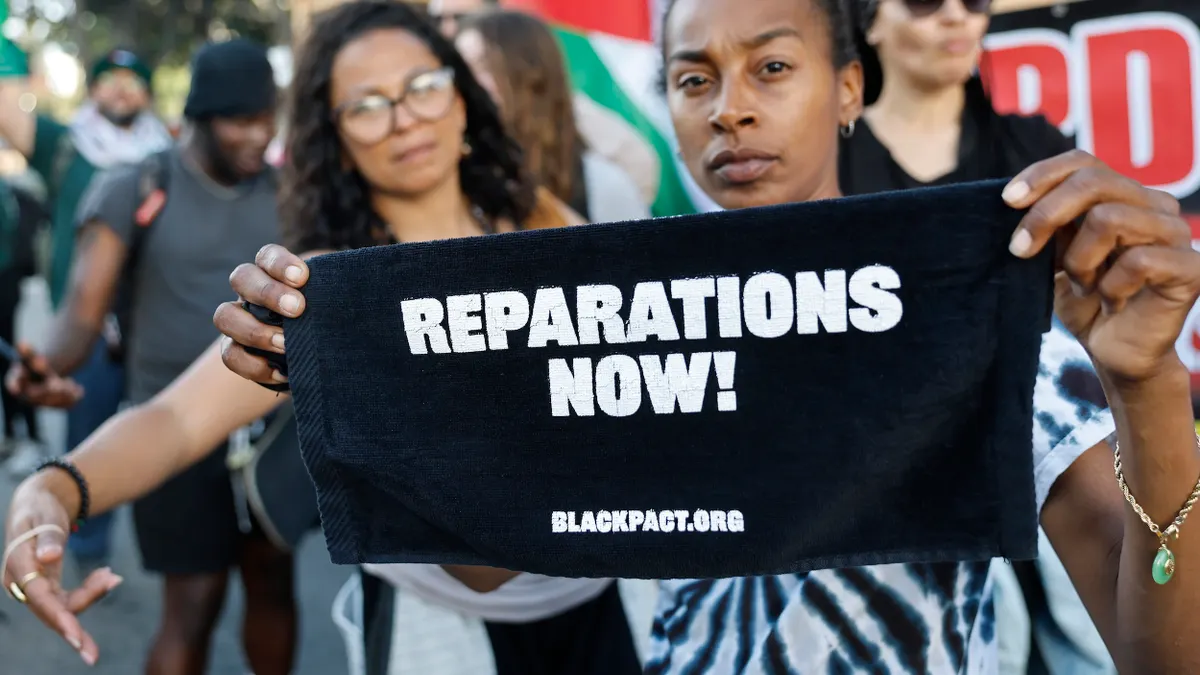Editor's Note: This piece was written by Bolste CEO Leif Hartwig. The opinions represented in this piece are independent of Smart Cities Dive's views.
As smart city initiatives pop up around the world, technologists and local governments are looking at ways in which they can help improve the quality of life of their citizens. Achieving the "smart city vision," however, is no easy task. With the implementation of each new process or technology, officials must ensure that communication is in sync with internal and external stakeholders to truly benefit on the road to getting "smarter."
Cities are approaching the idea of being 'smart'
Cities have just scratched the surface in using data to improve operations, but big changes are already under way in leading smart cities, says Stephen Goldsmith, a professor of government and director of the Innovations in Government Program at the Harvard Kennedy School. He recently told The Wall Street Journal, "In terms of city governance, we are at one of the most consequential periods in the last century."
So with all of these cutting edge technologies, how are public workers communicating and sharing the tools that they are using, the ways in which they are addressing residents’ concerns or the issues that are being uncovered by the data that has been unearthed? A smart city must collaborate beyond the public work departments. They must also coordinate with network service providers, data centers and private parking companies. So being able to work efficiently or "smart" on these initiatives requires technology that allows all of these groups to communicate and share files and resources in one place.
Without collaboration tools, information, conversations and files remain in silos and actually add unnecessary time and admin to manage and locate information quickly. Creating opportunities where city officials can collaborate provides a clear picture into how each office or contractor is approaching a project. Using collaboration or digital work hub tools such as Slack, Sharepoint or Bolste, city members can join their city’s "smart" initiative and provide channels or forums where all ideas, projects, documents and data sharing can live. Sharing early successes, even between cities, will also help to create more consistent smart city efforts that have been tried and tested.
Facebook, Google, IBM, Cisco, Intel and Microsoft are just a few of the tech giants that are in on the smart city trend and battling for a slice of the $15 billion that's projected to be spent on software by 2021, according to Juniper Research. Cloud, artificial intelligence, machine learning and IoT technologies are all part of the broader discussion for providing access to the data that cities are managing, such as crime reports, air quality, traffic, utilities, lights, meters and more. There are also companies like GE that have recently rolled out divisions focused specifically on smart city programs.
There is a project between Panasonic and the city of Denver to utilize the land surrounding the city’s international airport to be more than just a transit hub. The project aims to create an ultra-modern, connected community that supports citizens and businesses alike. Through its smart, sustainable technologies and responsive infrastructure, real-time analytics are tapped into and made possible through big data and the Internet of Things. But again, with a number of agencies, tech providers and public works teams involved, how are they collaborating?
How do we get there?
Like today’s modern enterprises, cities need to adapt to technological changes and create new and more efficient methods for getting work done. Even more so, city workers need to be able to communicate with each other, including contractors and private company representatives who are all involved in key projects.
When considering digital work hubs, officials/knowledge workers should keep in mind easy-to-use tech platforms that eliminate the need to have a number of different tools such as email, messaging, video conferencing and data sharing apps being used to collaborate and share. The combination of these tools and the transition of people on projects creates a huge challenge when it comes to searching for any information related to a project or group.
Aragon Research recently reported that the digital work hub is an emerging category of enterprise-grade software that facilitates and manages the creation, curation and communication of business content from the individual to the ecosystem level. Knowledge work is increasingly collaborative, contextual and visual. When all of this data and content can live in one place, these knowledge workers are able to spend more time imagining the future, recording results and progress, responding to issues, and communicating with all key stakeholders in one place.
We’re still in the early stages of seeing how smart city initiatives will play out, and there’s every reason to believe these examples are just the beginning of what’s possible. Having tools to share best practices and other lessons learned will be the key to getting our cities smarter, faster.






